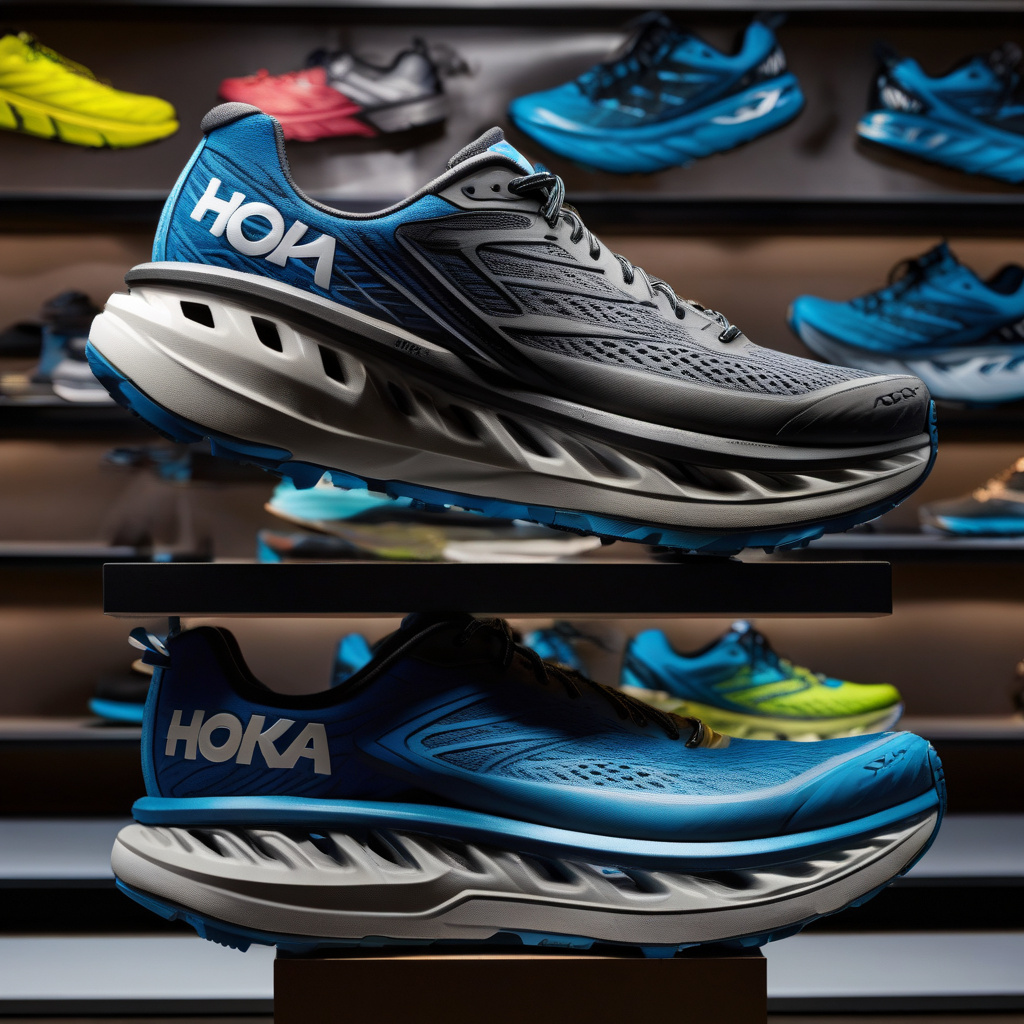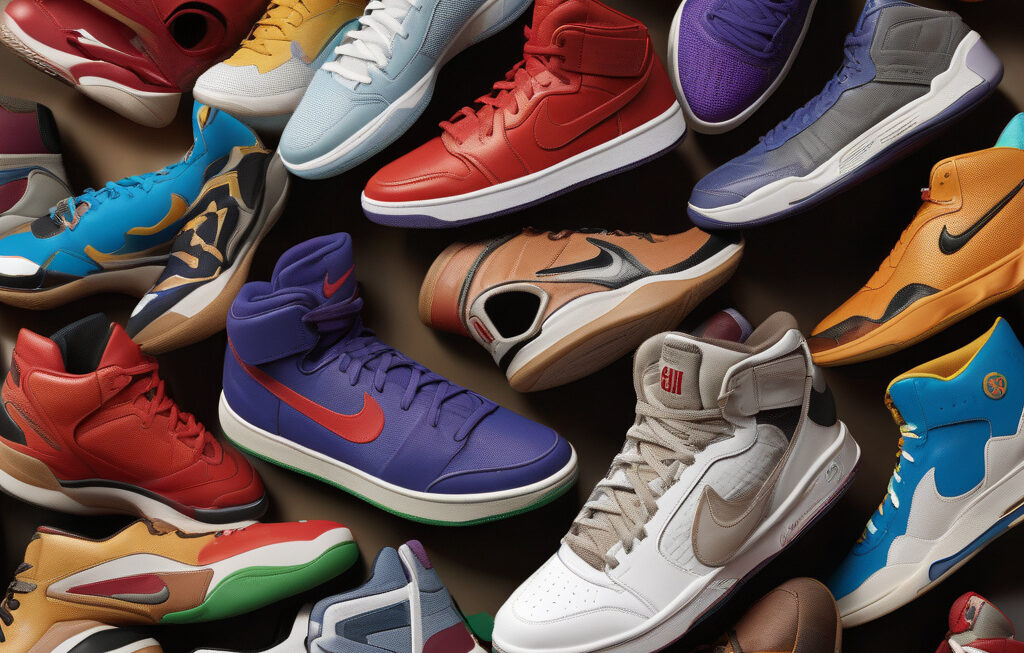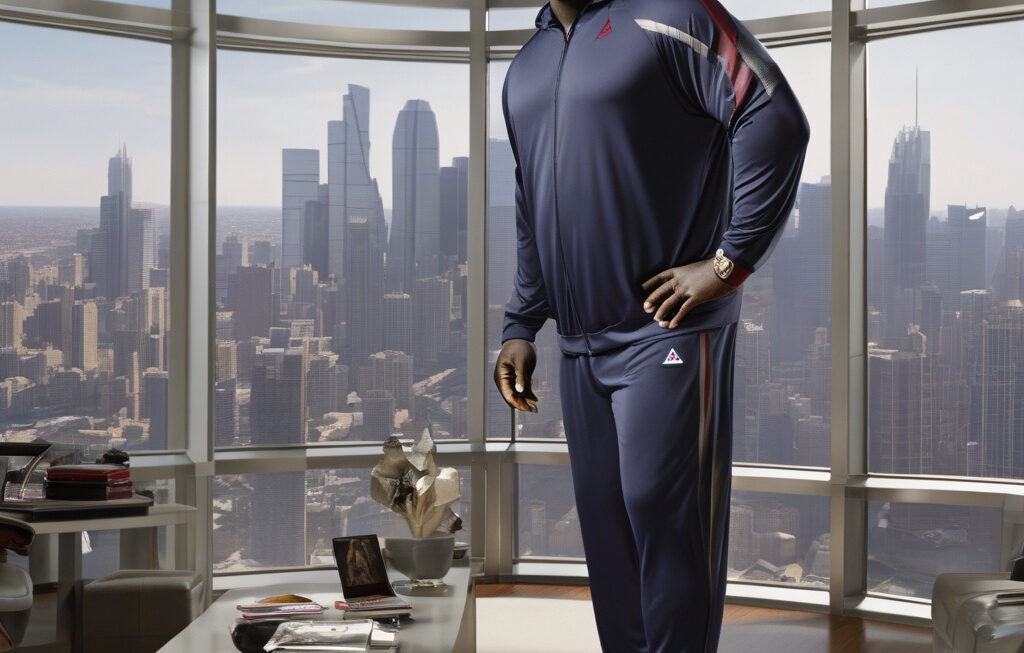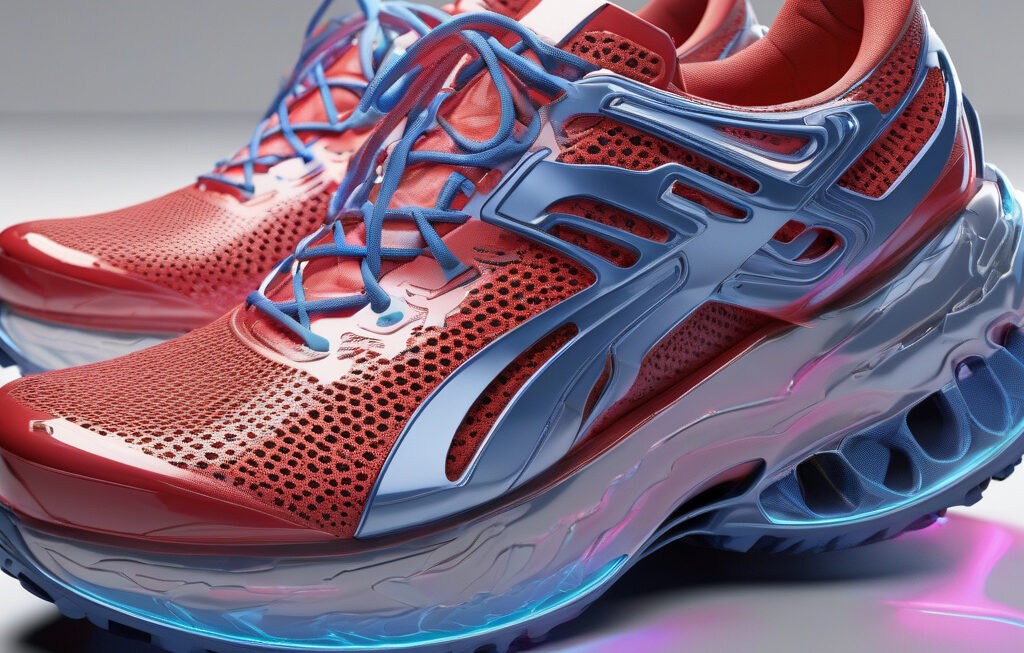Why Hoka Is Slowing and On Keeps Growing
In the fast-paced world of athletic footwear, two relatively young brands have been making waves: Hoka and On. These companies have been competing fiercely for years, both striving to carve out their space in the highly competitive sneaker market. However, recent trends indicate a shift in their fortunes, with Hoka experiencing a slowdown in growth while On continues to surge ahead.
Hoka, known for its maximalist running shoes that offer superior cushioning and support, initially gained popularity among runners and fitness enthusiasts. The brand’s innovative approach to design, focusing on comfort and performance, quickly garnered a loyal following. Hoka’s shoes became synonymous with quality and were embraced by professional athletes and casual runners alike. However, despite its early success, Hoka has hit a bump in the road, with its growth trajectory showing signs of deceleration.
On the other hand, On, a Swiss brand that has gained prominence for its unique cushioning technology and sleek aesthetics, has been on a steady upward trajectory. The brand’s commitment to innovation and pushing the boundaries of traditional sneaker design has resonated with consumers looking for both style and substance in their footwear. On’s strategic partnerships with elite athletes and emphasis on sustainability have further propelled its growth, allowing the brand to outpace its competitors, including Hoka.
One key factor contributing to On’s continued success is its ability to adapt to changing consumer preferences and market trends. The brand has demonstrated agility in responding to the evolving needs of its customer base, introducing new technologies and designs that cater to a wide range of activities and lifestyles. By staying ahead of the curve and anticipating shifts in the industry, On has been able to maintain its momentum and attract a diverse audience of loyal fans.
In contrast, Hoka’s recent challenges may stem from a lack of innovation and differentiation in a market saturated with competition. While the brand initially stood out for its unique approach to cushioning and support, it may have struggled to keep pace with the rapidly changing landscape of athletic footwear. Without continuous innovation and a clear strategy for growth, even established brands like Hoka can falter in the face of dynamic market forces.
As the rivalry between Hoka and On unfolds, it serves as a compelling case study in the dynamics of the sneaker industry. While Hoka’s slowdown may be a temporary setback, it underscores the importance of staying agile and proactive in a market where consumer preferences and trends can shift rapidly. On’s ability to capitalize on emerging opportunities and maintain its growth trajectory offers valuable insights for brands looking to thrive in a competitive environment.
In conclusion, the contrasting fortunes of Hoka and On highlight the unpredictable nature of the sneaker market and the importance of innovation, adaptability, and strategic branding. While Hoka’s growth has slowed in recent times, On’s continued success is a testament to the brand’s ability to evolve and resonate with consumers. As both brands continue to vie for the top spot in the industry, only time will tell which one will emerge as the ultimate sneaker giant.
sneaker brands, athletic footwear, market trends, innovation, consumer preferences












